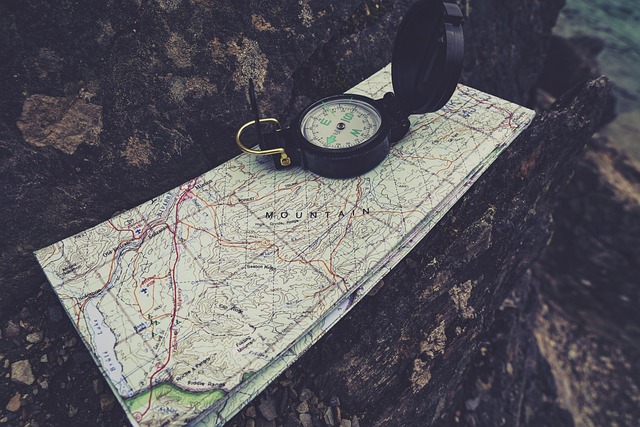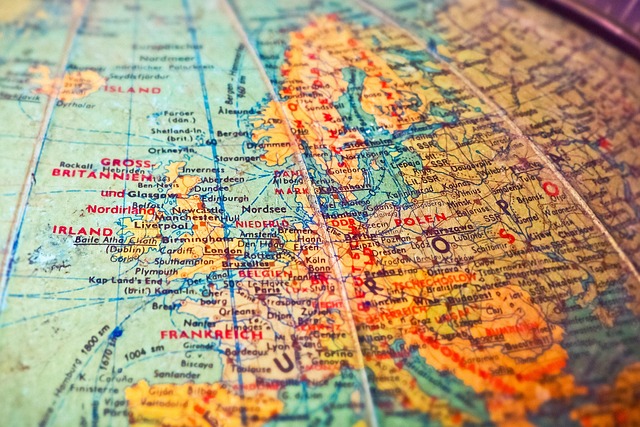
Flow Direction: Understanding the Path of Water
Water is a force of nature that shapes our landscapes, nourishes our ecosystems, and sustains life. But have you ever wondered how water knows where to go? The concept of flow direction is crucial in hydrology, helping us understand how water moves across the surface of the earth. Let’s dive into this fascinating topic! 🌊
What is Flow Direction?
Flow direction refers to the path that water takes as it moves over a surface. In the context of hydrology, it is essential to determine the direction of flow from every cell in a raster grid. This grid represents a surface, and each cell can have multiple neighbors that influence its flow. Knowing the flow direction helps in understanding various hydrological characteristics, such as drainage patterns and watershed management.
How is Flow Direction Determined?
Determining flow direction involves a few key principles:
- Steepest Descent: Water flows downhill, so the direction of steepest descent is identified. If a cell has lower neighboring cells, the flow direction is coded towards the neighbor with the lowest elevation.
- Edge Cells: For edge cells, which are at the boundary of the raster, a special rule is applied. They are forced to flow outward, ensuring that water doesn’t just get stuck at the edge of the grid.
- Handling Noise: Sometimes, a cell may be surrounded by higher neighbors. In such cases, it is treated as noise and filled to the lowest value of its neighbors, directing the flow towards that cell.
These principles help create a clear picture of how water moves across landscapes and interact with various environmental factors.
Applications of Flow Direction
Understanding flow direction has numerous applications:
- Watershed Management: By analyzing flow direction, we can manage watersheds more effectively, ensuring that water resources are used sustainably.
- Flood Prediction: Knowing how water flows can help in predicting flood zones, allowing for better preparedness and response strategies.
- Environmental Conservation: Flow direction analysis aids in preserving ecosystems by understanding how water influences habitats.
- Urban Planning: In cities, knowing how water flows can guide infrastructure development, ensuring that drainage systems are efficient and effective.
Each of these applications highlights the importance of understanding flow direction in both natural and urban environments. 🌍
Conclusion
Flow direction is more than just a technical concept; it’s a vital part of how we interact with our environment. By understanding how water moves, we can make informed decisions that benefit both nature and humanity. So the next time you see a stream or river, remember the intricate dance of water as it finds its path. Isn’t nature just amazing? 💧

















 The Nova Classification of Ultra-Processed Foods
The Nova Classification of Ultra-Processed Foods 
 Health
Health  Fitness
Fitness  Lifestyle
Lifestyle  Tech
Tech  Travel
Travel  Food
Food  Education
Education  Parenting
Parenting  Career & Work
Career & Work  Hobbies
Hobbies  Wellness
Wellness  Beauty
Beauty  Cars
Cars  Art
Art  Science
Science  Culture
Culture  Books
Books  Music
Music  Movies
Movies  Gaming
Gaming  Sports
Sports  Nature
Nature  Home & Garden
Home & Garden  Business & Finance
Business & Finance  Relationships
Relationships  Pets
Pets  Shopping
Shopping  Mindset & Inspiration
Mindset & Inspiration  Environment
Environment  Gadgets
Gadgets  Politics
Politics 